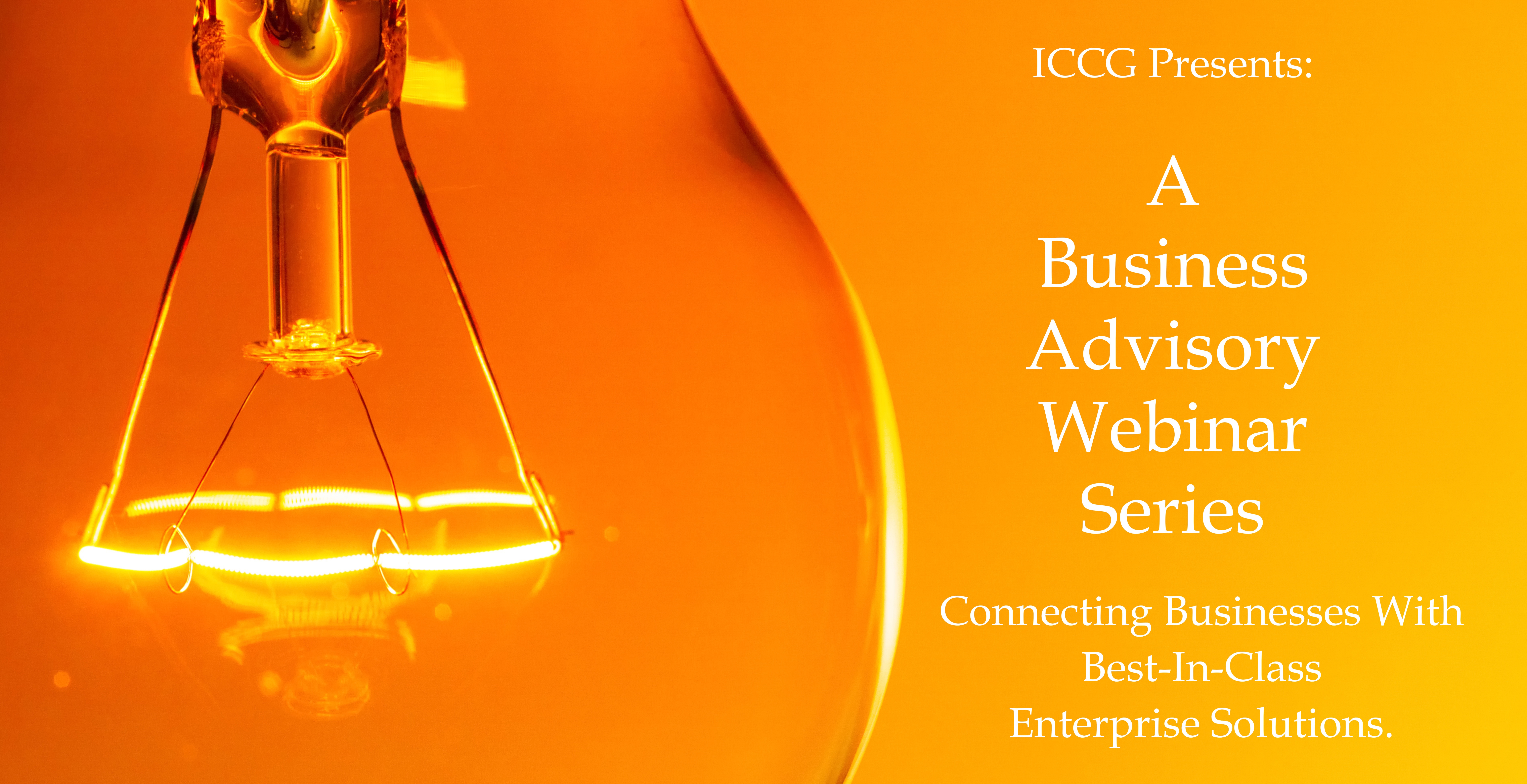The future looks bright for manufacturing. In the latest Manufacturers’ Outlook Survey from the National Association of Manufacturers (NAM), manufacturers’ optimism has risen substantially; almost 95% of respondents say they are positive about their own company’s outlook. This optimism is reflected in the UK, as well, with the EEF forecasting 1.4% growth in UK manufacturing in 2018.
Harriet Schneider
Recent Posts
Topics: Manufacturing, Process Manufacturing
5 Ways Better Value Chain Collaboration Can Improve Your Inventory.
With omni-channel sales expected to become a $7 trillion market by 2025, reports Forrester, creating and moving your inventory requires close value chain collaboration from raw material suppliers to third-party logistics, to your designers, marketing departments, and buyers.
Here are 5 ways to create a more collaborative fashion value chain:
- Inform your inventory with an omni-channel presence;
- Create a common inventory system accessible anywhere;
- Coordinate schedules in real-time with analytics tools;
- Shift inventory across channels based on omni-channel data;
- Make collaboration essential with shared stakes.
Download and read this paper to learn more. One of ICCG's consultants is always available to answer any questions you may have.
Topics: PLM, Fashion & Apparel
How To Navigate Volatile Ingredient Prices With Least Cost Formulation
Commodity prices have been driven down by a number of factors in recent years, including currency fluctuations, lower oil prices, and the traditional forces of supply and demand. In an unpredictable food & beverage industry environment like this, least cost formulation becomes an essential, ongoing process, not a one-time calculation.
Read these four ways to use least cost formulation.
Topics: Food & Beverage, Infor M3
5 Ways To Fast-Track The Design To Sales Process
In today's constantly changing global market, you're under enormous pressure to create innovative fashion products at a moment's notice. Industry leaders can go from design to the sales floor in 15 days, reports Forbes, while the industry standard is 6 months. By bringing all of your teams together with real-time information, product lifecycle management (PLM) functionality can help you get your products to market faster.
Here are 5 ways you can use a PLM system to fast-track your business.
- Consolidate planning, design, and development;
- Fine-tune your collection as you go;
- Easily access libraries and templates;
- Collaborate in real-time across your value chain;
- Use analytics to turn your data into insights.
Download and read the paper to learn more. One of our consultants is always available to answer any questions you may have.
Topics: PLM, Fashion & Apparel
Global Outlook For Manufacturing Is Optimistic
According to a recent blog post by our partner, Infor, manufacturers are expressing optimism for growth in 2018.
A report published by the Leading Edge Alliance paints a rosy picture of the global outlook for manufacturing. Manufacturers’ optimism for the world economy in 2018 is now 59.4% — almost a 15-point increase over the 2017 outlook. Manufacturers are also optimistic about their national economies (69.3%) and their regional economies (69.3%)
Topics: Manufacturing, Fashion & Retail, Food & Beverage, Distribution, Infor M3, Chemical, Equipment
Download And Watch: How To Create A Compelling Business Case For Infor M3 Upgrade
Presenting the most important steps to help you build and execute a plan for upgrade that will achieve your vision of success efficiently and cost-effectively.
The decision to upgrade an ERP solution is not one that should be made lightly, and the business case for doing so doesn't rest solely on the availability of useful new functionality.
There are other important considerations. Such as, can the upgrade be completed fast, efficiently, and without disrupting ongoing business operations? And can you make the case for the upgrade in terms of value to the business, so you get the commitment and budget you need to move forward? These are critical questions.
This webinar provides you with the expertise, proven experience, and defined processes to help you answer, "Yes," to both.
Read more...
Top 7 Ways You Can Create Exciting Fashions Faster With Infor Fashion PLM.
In a fast-paced fashion environment, the biggest asset fashion manufacturers have is the ability to get new ideas to consumers quickly.
While spreadsheets have served the industry well for many years, in today's data-driven world, their limited functionality results in time lags, data inaccuracies, linear sequential processes, and a lack of integration to data libraries. Unlike product lifecycle management (PLM) tools, spreadsheets simply don't have the functionality to handle the new demands of a modern fashion business.
Topics: Fashion & Retail, PLM, Fashion & Apparel
Top 5 Reasons To Upgrade Infor M3 Food & Beverage.
Infor M3 Food & Beverage is a comprehensive ERP solution designed to help food and beverage companies respond to changes in customer demands, manage and speed up a global supply chain, minimize shelf-life issues, and reduce waste. Whether deployed as part of Infor CloudSuite Food & Beverage or on-premise, the latest version of Infor M3 Food & Beverage provides food, beverage, and other consumer packaged goods (CPG) companies a number of new and expanded capabilities.
Topics: Food & Beverage, Infor M3
NEW DATE - An ICCG Webinar: How To Create A Compelling Business Case For Infor M3 Upgrade
An Economy Of Instant Gratification Makes Delivering Packaging & Products On-Time More Important Than Ever Before
Think about this:
81% of consumers in the 2016 IBM Consumer Expectations Study said they would choose one retailer over another based on the ability to see whether an item is currently in stock and if it will arrive on time. Whether online or in store, 72% of shoppers would make a purchase from another retailer if an item is out of stock, an increase from 42% in 2011.
All the while, Amazon continues to disrupt the retail industry with supply chain innovation as it drives consumer expectations toward quicker delivery rates: 72% of consumers now consider the option of two-day delivery a key factor influencing their buying decisions.
This trend means companies can no longer compete based only on the quality of their products; they also must battle on the performance of their supply chains.
Continue reading this blog from our partner, Infor to learn how digital commerce networks can help you deliver online orders on time.
Topics: Manufacturing, Process Manufacturing, Supply Chain, Warehouse Management Systems





.jpg)



